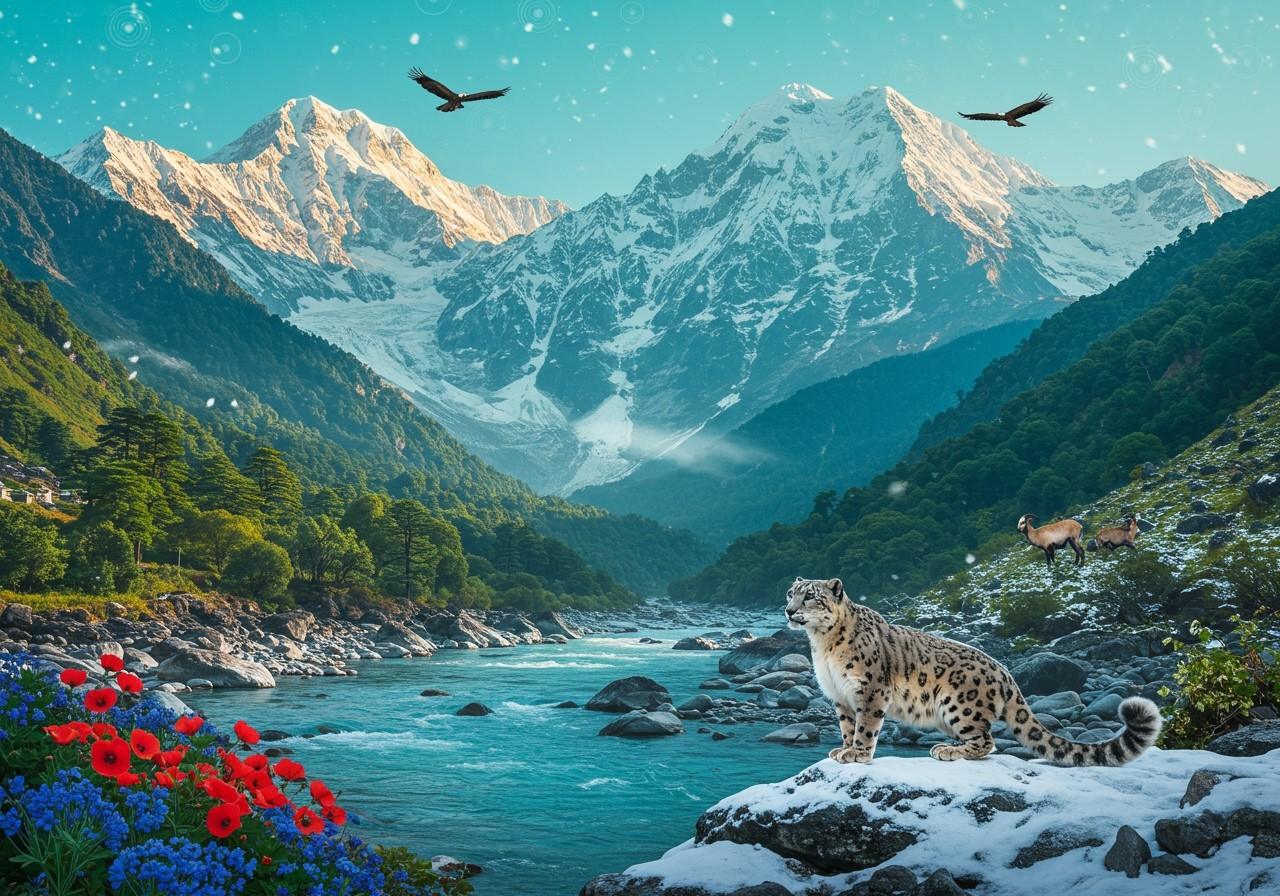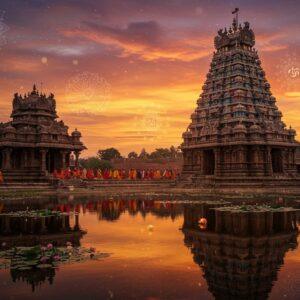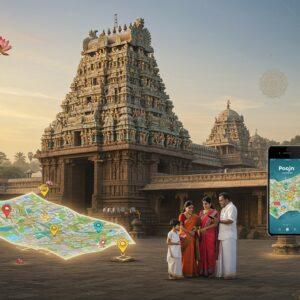
Gangotri National Park, nestled in the heart of the Himalayas, is more than just a biodiversity hotspot; it’s a sanctuary where nature’s grandeur meets spiritual significance. This comprehensive guide explores the park’s history, unique ecosystem, and the cultural heritage that makes it a must-visit for nature enthusiasts and pilgrims alike.
History and Establishment
Established in 1989, Gangotri National Park serves as a vital safeguard for the delicate Himalayan ecosystem. Its historical importance is deeply intertwined with Hindu mythology and the sacred Ganges River. The park plays a crucial role in protecting endangered species and preserving the environment.
Location and Geography
Located in the Uttarkashi district of Uttarakhand, India, Gangotri National Park is part of the majestic Garhwal Himalayas. Situated near the holy town of Gangotri, the park spans approximately 2,390 sq km, with elevations ranging from 1,800 to 7,082 meters above sea level. This diverse topography contributes to its rich biodiversity, influenced by unique climatic conditions.
Flora and Fauna
Gangotri National Park boasts a remarkable array of flora and fauna. From vibrant alpine meadows and dense coniferous forests to colorful rhododendron shrubs, the park’s plant life is truly captivating. Wildlife enthusiasts can spot elusive snow leopards, agile Himalayan tahr, and musk deer. The park is also a haven for birdwatchers, with species like the monal pheasant and Himalayan snowcock gracing its skies. Ongoing conservation efforts strive to protect these precious species.
Cultural and Spiritual Significance
The park’s cultural and spiritual significance is deeply rooted in Hindu mythology, particularly the legend of Goddess Ganga descending to Earth. The nearby Gangotri Temple, a revered pilgrimage site dedicated to Goddess Ganga, plays a central role in the Char Dham Yatra. This blend of natural beauty and religious importance draws both nature lovers and spiritual seekers.
Visitor Information and Travel Tips
The ideal time to visit Gangotri National Park is from April 1st to November 30th. Permits are required for trekking and wildlife exploration, and can be obtained from the forest department. Accommodation options range from forest rest houses to hotels in nearby Gangotri. Remember to pack essentials like warm clothing and trekking gear, and always practice responsible tourism.
Top Attractions and Activities
The Gaumukh-Tapovan trek, offering breathtaking views of the Gangotri Glacier, is a must-do for adventurers. Chirbasa meadows and the Bhagirathi River provide serene experiences. Engage in wildlife spotting, bird watching, and photography, while respecting local customs and preserving the natural environment.
Spiritual Significance and Pooja Essentials for Gangotri Visits
Given the park’s spiritual significance as the source of the holy Ganges, Poojn.in offers a range of products to enhance your pilgrimage:
- Lord Shiva Murti: Honor Lord Shiva, an important deity associated with the Ganges, with a beautiful murti for your home or travel altar.
- Mangalam Camphor: Use this high-quality camphor for aarti ceremonies during your visit to Gangotri. It adds a traditional touch and pleasant fragrance to your worship.
- Arjun Chal: A sacred herb often used in Ayurvedic practices and Hindu rituals, Arjun Chal can be a meaningful addition to your spiritual journey.
These items, available at Poojn.in, can deepen your spiritual experience at Gangotri. We provide doorstep delivery, ensuring a hassle-free preparation for your pilgrimage.
FAQs for Gangotri National Park
What makes Gangotri National Park so special? Gangotri National Park is renowned for its stunning Himalayan landscapes, diverse wildlife, and the spiritual significance of the River Ganga’s source.
Where is the park situated? The park is located in the Uttarkashi district of Uttarakhand, India, within the Garhwal Himalayas.
When is the best time to visit? The optimal time to visit is between April and October for pleasant weather suitable for trekking.
What wildlife can I expect to see? You might spot snow leopards, Himalayan tahr, brown bears, blue sheep, and various bird species.
Are permits necessary? Yes, permits are required and obtainable from the forest department in Uttarkashi or Gangotri.
Conclusion
Gangotri National Park offers a unique blend of natural splendor, abundant biodiversity, and profound cultural heritage. It’s an unforgettable experience for those seeking connection with nature and spirituality. By respecting and preserving this pristine environment, we honor the traditions and sacredness of the Himalayas. Plan your visit responsibly to ensure this haven remains for generations to come.


